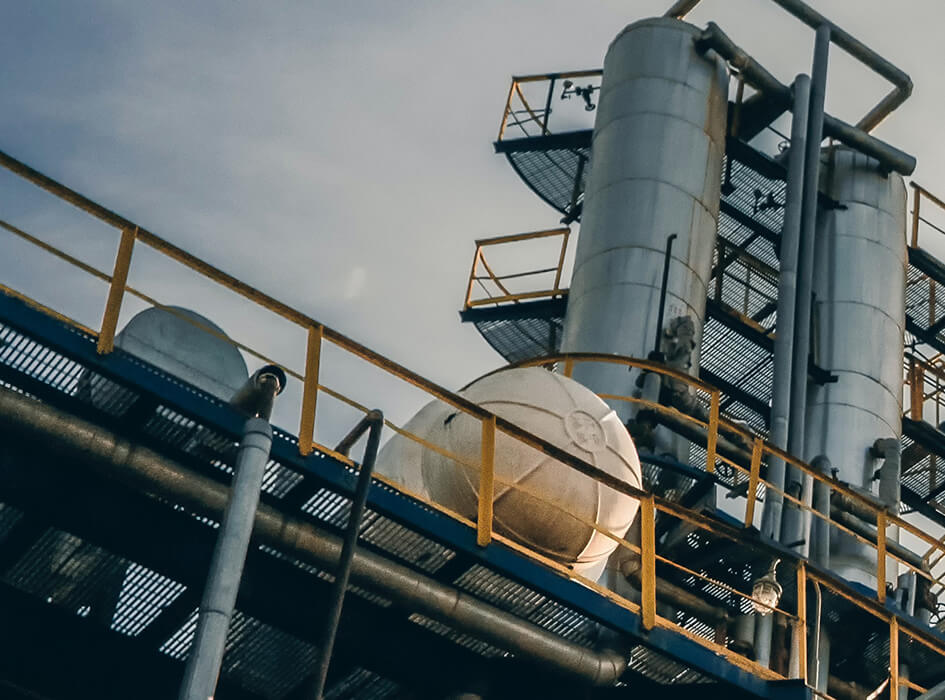Laser chiller plays an indispensable role in laser manufacturing and has become one of the important auxiliary equipment of laser. Its working principle is simple but critical. Through the synergy of the refrigeration system and the control system, it can effectively reduce the temperature of the laser equipment and ensure its normal operation. When installing a laser cutter chiller, you need to pay attention to the following points:
Appearance inspection and installer expertise: After unpacking, carefully inspect the appearance of the chiller to ensure it is intact. At the same time, installers need to have relevant professional knowledge to ensure correct installation.
Correct grounding and current safety: Make sure the chiller equipment is properly grounded to avoid safety hazards. Considering the high instantaneous operating current, current safety is an issue that requires special attention during installation.
Cooling water selection: Neutral purified water or distilled water should be used in the water tank of the chiller to avoid damage to the cooling water system by solid particles. It is strictly prohibited to operate without water to avoid damage to the water pump of the chiller.
Safety distance and ventilation: Keep a safe distance between the laser cutting machine and the water chiller, ensure that the air inlet and outlet channels of the chiller are smooth, and avoid placing easily inhalable solid materials next to the equipment.
The laser chiller system includes appearance structure, refrigeration system and control system. The refrigeration system consists of a compressor, condenser, throttle valve, evaporator, etc., and the control system covers the precise control of each component, including the compressor, throttle valve, circulating water pump, etc., while monitoring the liquid level, flow, and environmental conditions. Temperature and other parameters, including communication systems.

When selecting a laser chiller, parameters such as cooling capacity, head and flow rate need to be considered. The cooling capacity needs to match the heat generation of the laser, and the selection of lift and flow rate needs to be comprehensively considered to avoid excessive redundancy, reduce costs, and improve overall competitiveness.
Temperature control is key during equipment operation, and different lasers have different requirements for temperature control accuracy. Lasers with high precision requirements have stricter requirements on the selection of chillers, and the price is correspondingly higher. For environmental protection requirements, especially in export-related countries, it is crucial to choose refrigerants that do not contain ozone-depleting substances.
The demand for communication is also gradually increasing. The laser chiller communicates with the host in real time and incorporates the operation status into the control system, which helps to improve the core competitiveness of the entire product and provides more effective support for after-sales maintenance and services. The selection of laser chiller should be based on the needs of the end user and comprehensive consideration of many factors to ensure the efficient and stable operation of the laser equipment.
The choice of cooling capacity is crucial and must match the heat generation of the laser. Domestic equipment factories usually tend to choose large cooling capacity chillers to ensure sufficient cooling capacity. However, the large size and weight of high-power chillers bring inconvenience to transportation and test handling. The cooling capacity of the compressor is affected by factors such as evaporation temperature and condensation temperature, resulting in large differences in the cooling capacity of laser chillers in different seasons and external ambient temperatures. Therefore, when selecting an appropriate laser chiller, the cooling capacity needs to be comprehensively considered based on the actual situation to avoid choosing one that is too small or too large.
Secondly, the laser equipment factory usually selects the head (or pressure) and flow rate of the chiller based on the parameters specified by the laser manufacturer. Although large flow and head are good for laser heat dissipation, increasing these parameters will make chiller pump selection more difficult, while increasing volume, weight and power consumption. The parameters provided by the laser manufacturer can be used as a reference, but when selecting a chiller, the head and flow rate should be appropriately selected based on actual test results to reduce costs and improve overall competitiveness.
Temperature control is the third key factor. Different types of lasers have different requirements for temperature control accuracy. For example, fiber lasers usually require an accuracy of ±1°C, while UV lasers may require higher accuracy, reaching ±0.1°C or even higher. For lasers with high precision requirements, the selection requirements for chillers are more stringent, which will also be reflected in the price. Therefore, when choosing a laser chiller, you need to choose carefully based on the laser type and accuracy requirements.
The fourth is environmental protection and voltage standard issues. Some manufacturers still use R22 refrigerant, but due to its damage to the ozone layer, developed countries have banned its use. In export-related countries, environmental protection issues have become a consideration in the selection of chillers. In addition, DC variable frequency compressors should be used as much as possible to adapt to the voltage systems of different countries and promote future energy conservation and emission reduction. DC inverter compressors are not only conducive to high-precision temperature control, but also conform to future energy-saving trends.
Finally, there are communication needs. Many laser chillers only work as a stand-alone machine and are connected to the host computer for at most one alarm signal. However, modern laser chillers should have communication interfaces to communicate with the host computer in real time, transmit internal parameters to the host computer, and achieve comprehensive monitoring of the machine status. This kind of real-time communication not only helps to improve the core competitiveness of laser equipment, but also better supports the after-sales maintenance and service of the entire set of products.
By continuing to use the site you agree to our privacy policy Terms and Conditions.